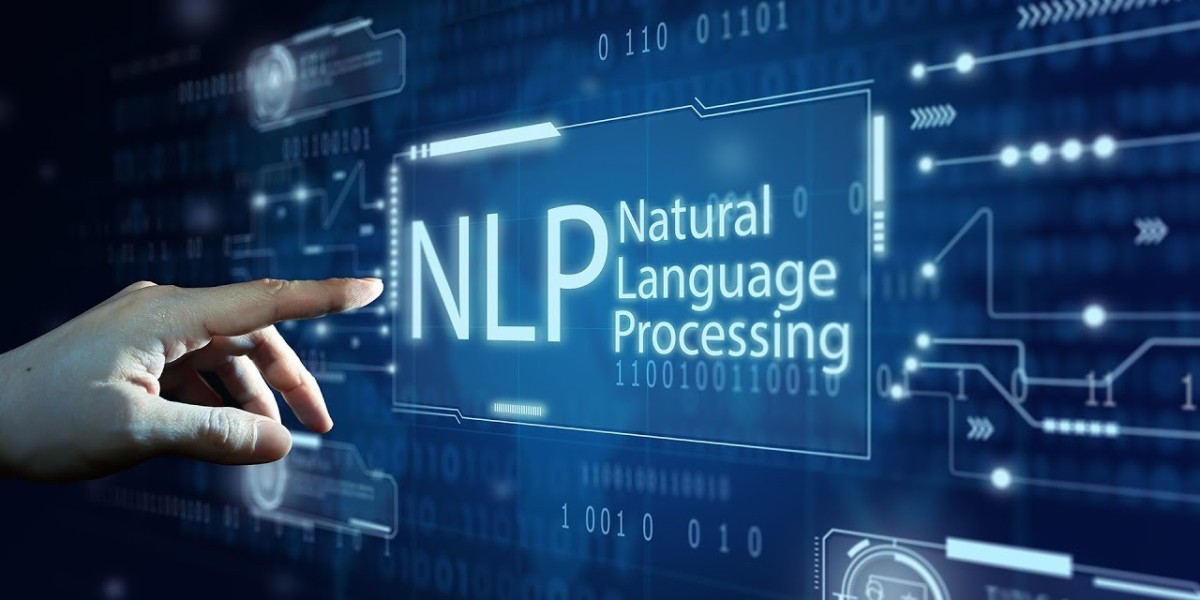What is Natural Language Processing?
Natural language processing (NLP) refers to the branch of artificial intelligence that focuses on interactions between computers and human natural languages like English. The goal of NLP is to allow computers to understand, interpret and generate human languages in a meaningful way. By analyzing large amounts of text, NLP techniques aim to understand the structure and meaning of language to perform tasks like text summarization, translation, question answering, sentiment analysis and more.
History and Evolution of NLP
Research into NLP began in the 1950s, taking inspiration from linguistics, computer science and cognitive psychology. Early work focused on automated parsing of syntax and attempts to represent meaning for machine translation. During the following decades, statistical approaches gained prominence as large text corpora became available to analyze word frequencies and build probabilistic models. The 2000s saw major breakthroughs from applying machine learning techniques like deep learning to natural language. Models like word embeddings paved the way for state-of-the-art systems in applications like sentiment analysis and question answering using massive datasets. Today, natural language processing is also benefiting from transfer learning approaches that utilize large pretrained models.
NLP in Practice
In practice, modern Natural Language Processing systems rely on large neural networks with billions of parameters trained on unlabeled text data using self-supervised techniques. Applications of NLP include:
- Text classification - Automatically sorting text (emails, documents, reviews etc.) into categories or topics based on their content. This enables applications like spam filtering, sentiment analysis and categorizing news articles.
- Information extraction - Identifying specific types of data within text like people, organizations, locations and key events to build structured databases. For example, extracting financial data from company reports.
- Summarization - Automatically generating a concise summary that captures the key essence and salient information from longer documents, news articles or reports.
- Machine translation - Converting text from one human language to another, allowing communication across languages with varying levels of fluency depending on the domain and data available.
- Question answering - Understanding a user's natural language question and providing a precise, accurate answer by searching through large corpora of structured and unstructured text.
- Dialogue systems - Powering conversational interfaces and chatbots that can understand customer questions and carry out natural conversations to provide information or complete tasks.
- Text generation - Producing authentic-looking text such as news articles, product descriptions, social media posts or subtitles based on a given topic, style or other attributes without human involvement in drafting content word-by-word.
Challenges in NLP
While progress has been rapid, full natural language understanding remains an open challenge for computers. Some key difficulties natural language processing systems continue to face include:
- Ambiguity - Words and sentences can have several possible meanings depending on context which computers currently struggle with compared to human intuition and background knowledge.
- Idioms and nuance - Figurative language, cultural references, sarcasm or subtleties in dialogue pose difficulties as the implied rather than literal meaning must be understood.
- Commonsense reasoning - Humans possess a wealth of mundane real-world knowledge about objects, events, situations which is difficult for AI to replicate at scale without carefully annotated databases.
- Generation at scale - While systems can now generate grammatically correct text, ensuring it remains factual, consistent and avoids unintended biases at a massive scale still requires improvement.
- Continual learning - As language evolves rapidly over time with neologisms, evolving styles and topics, natural language processing models need methods to continuously learn from new data to avoid obsolescence without frequent retraining from scratch.
- Generalization across domains - Most state-of-the-art models excel only in narrow domains and fail to generalize robustly when applied to diverse texts with different styles, topics, vocabularies etc. without further tuning.
Despite these challenges, natural language processing ability to understand, organize and leverage insights from vast amounts of human discourse has made it a transformative technology that will continue advancing the frontiers of AI and fuel innovations across industries. Major advancements to come include building truly conversational systems, advancing machine translation to become indistinguishable from human-quality texts and developing techniques for lifelong natural language learning.
Get More Insights on Natural Language Processing
Choose preferred language for better understanding-
About Author-
Alice Mutum is a seasoned senior content editor at Coherent Market Insights, leveraging extensive expertise gained from her previous role as a content writer. With seven years in content development, Alice masterfully employs SEO best practices and cutting-edge digital marketing strategies to craft high-ranking, impactful content. As an editor, she meticulously ensures flawless grammar and punctuation, precise data accuracy, and perfect alignment with audience needs in every research report. Alice's dedication to excellence and her strategic approach to content make her an invaluable asset in the world of market insights.
(LinkedIn: www.linkedin.com/in/alice-mutum-3b247b137 )










